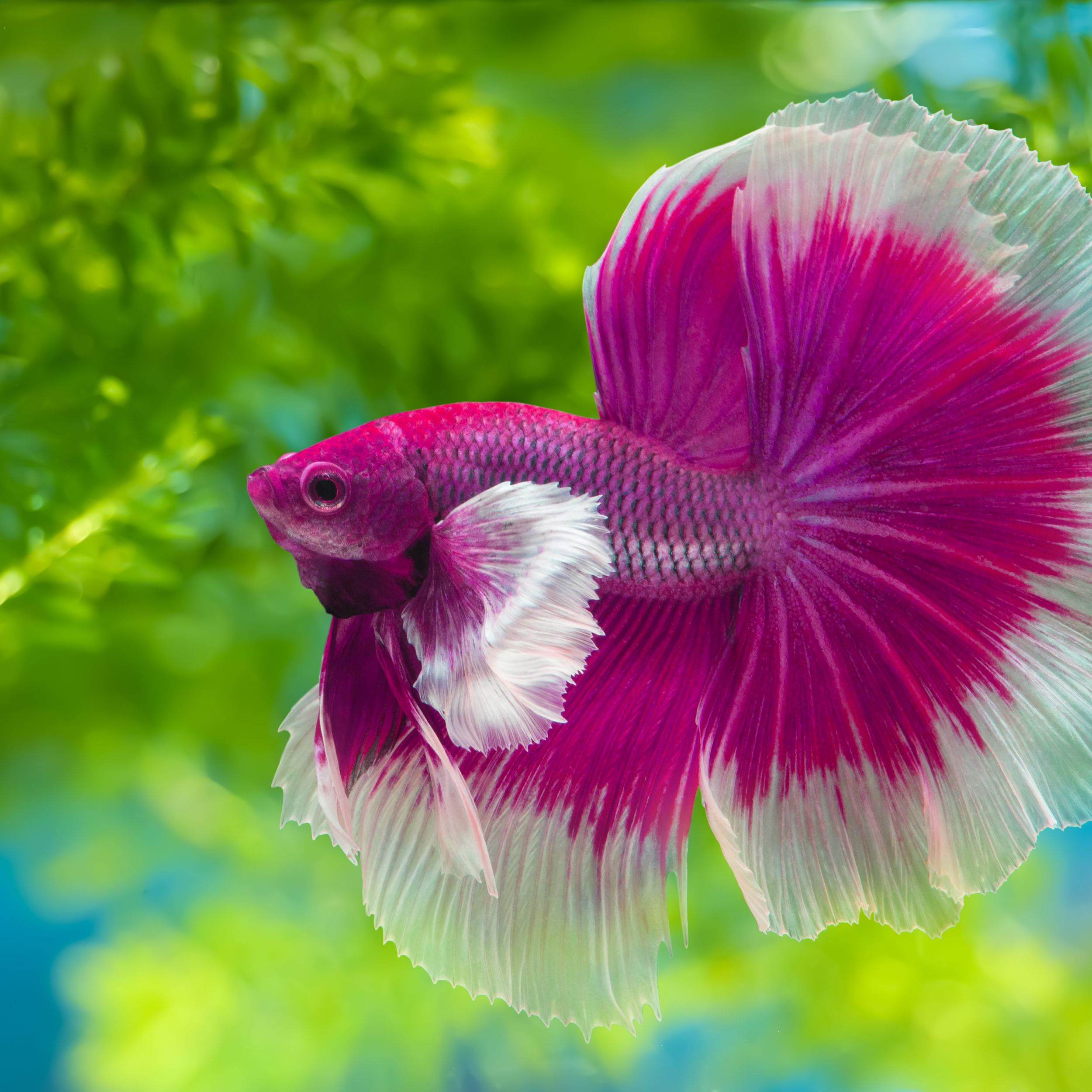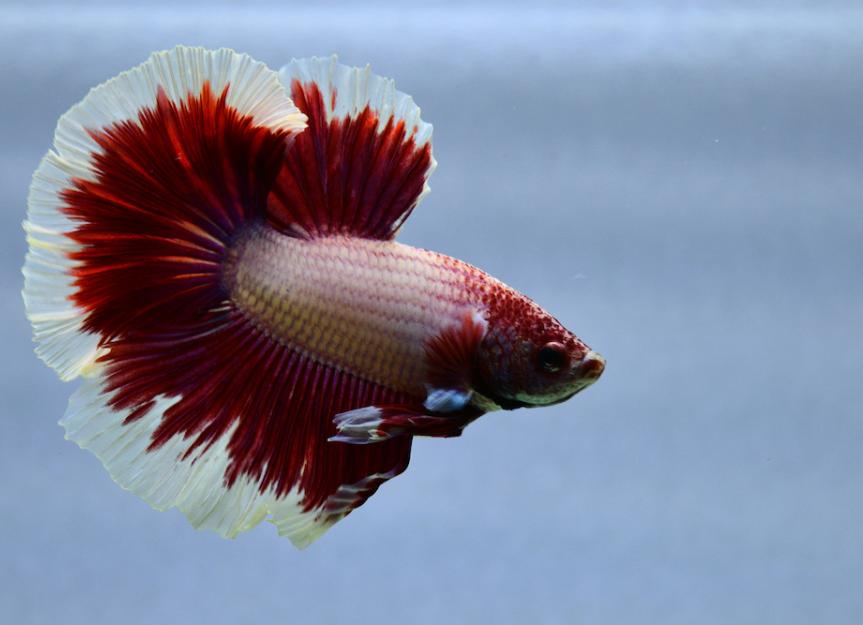Betta Fish Lifespan: Just How to Guarantee Your Betta Lives Longer
Betta Fish Lifespan: Just How to Guarantee Your Betta Lives Longer
Blog Article
All About Betta Fish: Recognizing Their One-of-a-kind Requirements, Actions, and the Best Practices for Optimum Treatment
Recognizing the special demands and actions of Betta fish is vital for any aquarist aiming to provide optimum treatment. These fascinating animals, belonging to the cozy waters of Southeast Asia, exhibit distinct territorial propensities and require details environmental problems to prosper. From selecting the right container dimension to identifying potential wellness issues, various aspects significantly affect their health. As we check out these elements even more, the effects for both novice and knowledgeable fish keepers come to be significantly evident, increasing questions regarding exactly how finest to accommodate these exceptional fish in our homes.
Betta Fish Summary
Although commonly appreciated for their dynamic shades and flowing fins, Betta fish, clinically referred to as Betta splendens, are complex creatures that call for certain care to flourish. Stemming from Southeast Asia, these freshwater fish are recognized for their territorial nature and special habits. Betta fish exhibit sex-related dimorphism, with males displaying much more dazzling colors and longer fins than women.
Their aggressive tendencies, particularly amongst men, demand mindful consideration when real estate them. Bettas are usually maintained in single-specimen containers to stop territorial disputes. Nonetheless, they can coexist peacefully with certain suitable types in larger neighborhood storage tanks, provided the environment meets their requirements.

To guarantee ideal treatment, aquarists should recognize their one-of-a-kind behavioral qualities, dietary demands, and environment needs. betta fish. With appropriate focus, Betta fish can show their dynamic characters and grow in a well-maintained fish tank setup
Natural Environment and Setting
Betta fish prosper in a varied variety of natural habitats, primarily located in the superficial waters of Southeast Asia, consisting of rice paddies, swamps, and slow-moving streams. These environments are identified by warm temperatures, generally between 75 ° F and 82 ° F(24 ° C and 28 ° C ), and a pH level ranging from 6.5 to 7.5, which is perfect for their health and wellness and well-being.
In their all-natural surroundings, Betta fish are accustomed to dense plants, offering both shelter and reproducing premises. The visibility of plants such as floating water lilies and thick yards not just provides protection from predators but also adds to the oxygenation of the water, which is crucial for their respiratory demands. Additionally, these atmospheres often have locations of still water, enabling Betta fish to exhibit their all-natural actions such as bubble nesting.
Recognizing the natural environment of Betta fish is important for aquarium enthusiasts. Replicating these conditions-- via water temperature level, pH equilibrium, and the addition of real-time plants-- can substantially enhance the general wellness and durability of these exciting fish, ensuring they prosper in a home aquarium setup.
Social Behavior and Interactions
Understanding the social behavior and communications of Betta fish is necessary for best site effective fish tank administration. Betta fish, or Siamese fighting fish, are understood for their unique behavioral attributes, defined mostly by territoriality and hostility. Men, particularly, present highly hostile behaviors in the direction of one another, causing the notorious online reputation of Betta fish as fighters. In a confined space, 2 males can participate in violent battles, typically leading to injury or fatality.
On the other hand, women Bettas exhibit less hostile actions and can exist side-by-side in teams, recognized as sororities, if presented properly. Nonetheless, it is essential to monitor their interactions carefully, as hierarchy and prominence can bring about conflicts. Recognizing the dynamics within a Betta area is important; establishing concealing areas and guaranteeing sufficient room can minimize aggressiveness.
In addition, Betta fish might likewise show interest and social behaviors in the direction of other species. While they can exist side-by-side with specific non-aggressive container companions, it is important to select suitable types to prevent stress and anxiety and aggressiveness. On the whole, recognizing these social communications is crucial to promoting a harmonious fish tank environment for Betta fish.
Important Treatment Guidelines
Giving proper care for Betta fish is vital to their wellness and well-being. To guarantee a thriving atmosphere, it is important to preserve ideal water conditions. The water temperature level must be maintained in between 76 ° F and 82 ° F(24 ° C to 28 ° C), while pH levels ought to range from 6.5 to 7.5. Normal water changes-- roughly 25% regular-- assistance preserve water high quality.
Betta fish call for an ideal tank dimension; a minimum click for more info of 5 gallons is advised to provide adequate area for swimming and hiding. Consist of designs and plants to develop a stimulating atmosphere, but prevent sharp items that could damage their delicate fins.

Lastly, ensure the storage tank is outfitted with a filter to keep the water clean, but use a gentle filter to prevent strong currents that can stress the fish. By following these vital treatment standards, proprietors can promote a healthy and balanced and lively Betta fish.
Common Wellness Issues and Solutions
In the care of Betta fish, recognition of typical wellness issues is vital for keeping their wellness. One prevalent problem is fin rot, commonly triggered by inadequate water top quality or microbial infection. Signs and symptoms consist of frayed or stained fins. To treat fin rot, improve water problems and take into consideration making use of a broad-spectrum antibiotic.
Another common ailment is ich, a parasitical infection characterized by white areas on the fish's body (betta fish). Therapy entails raising water temperature and adding fish tank salt to the container, as this can help get rid of the bloodsucker
Swim bladder disorder is likewise regularly observed, resulting in buoyancy issues. This problem might occur from overfeeding or bowel irregularity. A fasting duration of 24-48 hours, Resources adhered to by a diet regimen of blanched peas, can offer alleviation.
Finally, bettas might struggle with velour disease, suggested by a gold dust-like appearance on their skin. Therapy generally needs medicine particularly made for external bloodsuckers, alongside improved tank hygiene.
Regular surveillance of water parameters, maintaining a tidy environment, and offering a balanced diet plan are crucial precautionary measures. By attending to these wellness concerns without delay, Betta fish can lead healthier, more lively lives.
Final Thought
In recap, effective betta fish treatment calls for an understanding of their one-of-a-kind demands and actions. Providing a suitable environment, including appropriate tank size and water conditions, is necessary for their health. In addition, identifying their territorial nature and ensuring adequate hiding spots can prevent aggressiveness. Routine monitoring of health and water top quality, along with a balanced diet regimen, adds to the long life and vibrancy of betta fish. Following these guidelines will certainly cultivate a successful water community for these captivating animals.
Report this page